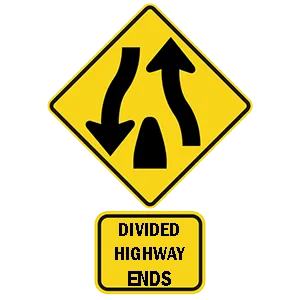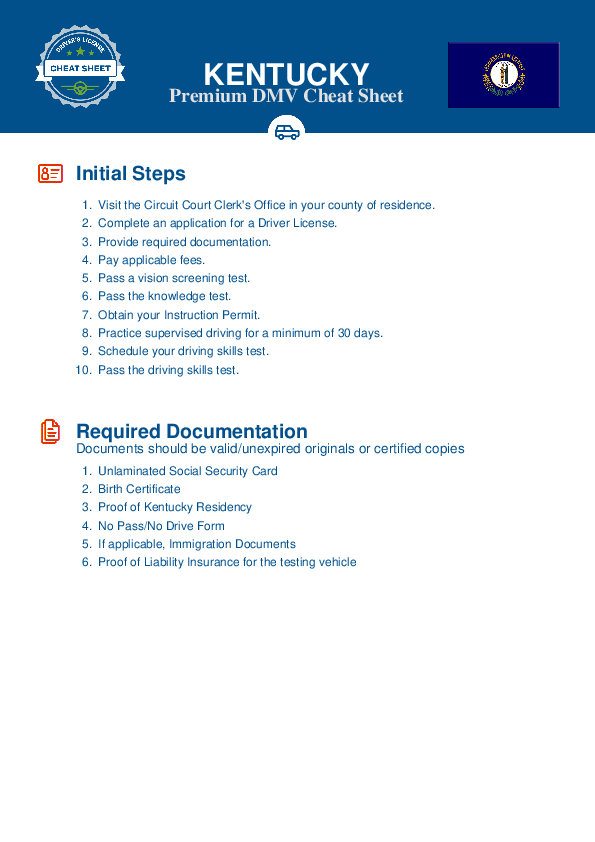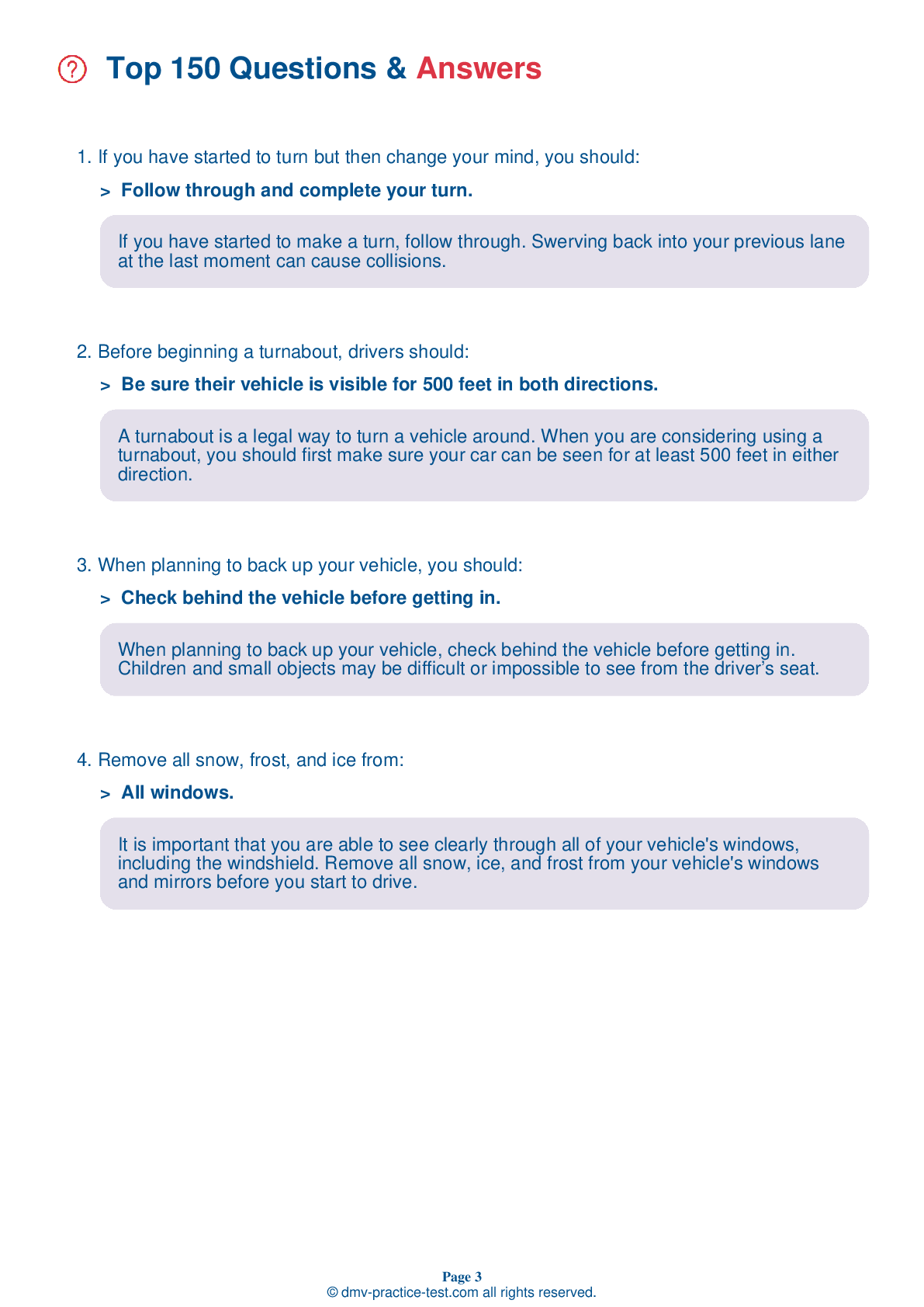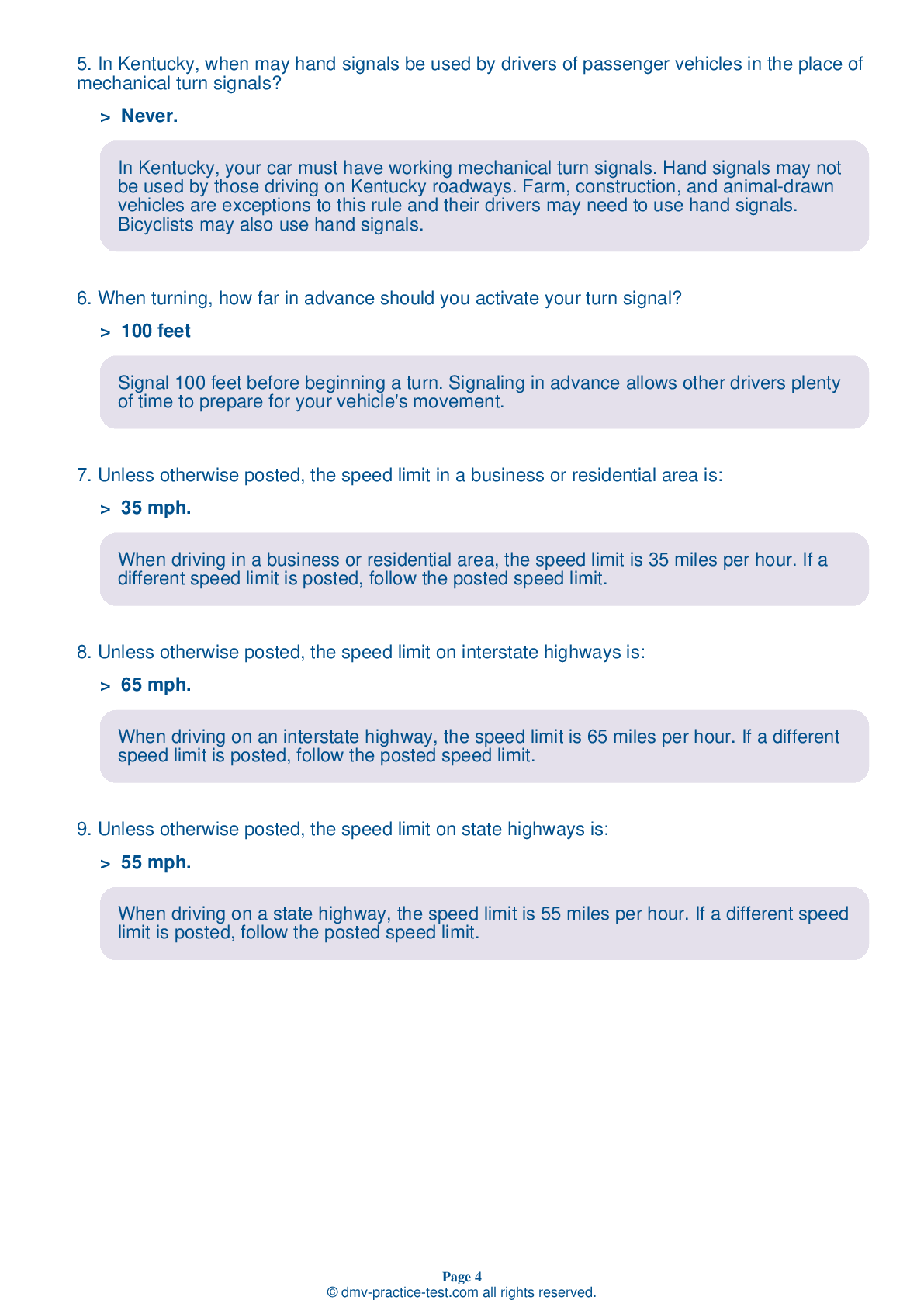FREE Kentucky DMV Practice Test #14 Page 5 of 5
The DMV practise tests in Kentucky have been updated for January 2025. It comprises questions based on the most important traffic signals and laws for 2025 from the KentuckyDriver Handbook. To study for the DMV driving permit test and driver's licence exam, use actual questions that are very similar (often identical!) to the DMV driving permit test and driver's licence exam.
Each question on the practise exam has a tip and explanation to help you recall the ideas. Questions about traffic rules, traffic signs, and driving statutes, as well as knowledge from the Driver Handbook, will be included in the written portion of the official Kentucky DMV test.
You must properly answer 32 of the 40 questions to receive a passing mark. To help you prepare for your Kentucky instruction permit or driver's licence, take our DMV practise test.
The DMV exam is offered in a variety of languages.
Using any form of testing help will result in an automatic fail, and the DMV may take further action against your driver's licence, so avoid it.
33 . To see vehicles in your blind spots, you should check:
By definition, blind spots are areas that cannot be seen using your mirrors. To check your blind spots, you should look over your shoulders.
34 . Extra space in front of a large truck is needed for:
Because they are larger, trucks take longer to stop than cars traveling at the same speed. Other drivers should not pull in front of a truck and then slow down or stop.
35 . A broken yellow line down the center of a road indicates that:
When broken yellow lines separate the lanes of traffic on a two-lane roadway, any driver may pass when there is no oncoming traffic.
36 . This sign means:

This sign marks the presence of a crosswalk. Be alert to any pedestrians that may be crossing the roadway.
37 . When entering the interstate, check for a gap in traffic in the nearest lane, adjust your speed to match traffic, signal, and:
Before merging into interstate traffic, you should identify a gap, accelerate to the speed of traffic, and signal. Merge into the gap when it is safe to do so. Be alert to other traffic and do not expect other drivers to clear the lane.
38 . This sign means:

Warning signs are usually yellow with black markings. This sign warns that the divided highway ends ahead. Prepare to change lanes or shift lane position.
39 . When passing on the left of a vehicle, it is safe to move back into the right lane:
When passing another vehicle on its left, you may move back into the right lane when the headlights of the passed vehicle can be seen in your rearview mirror. Always signal before changing lanes.
40 . Make room for cars that are entering the freeway by:
Make room for vehicles that are entering a freeway. If possible, merge into the next lane to create a gap for the incoming vehicles. If you cannot merge, adjust your speed to allow for the vehicles to enter traffic as smoothly and safely as possible.
Need Car Insurance? No problem!
Compare the best rates in Kentucky and find a personalized policy that meets your needs.
1. Are You Currently insured ?
2. Married ?
3. Do you own your Home?
4. Do you have more than 1 car ?
5. Have you or a Family Member Honorably Served in U.S. Military ?
6. Your Name
7. Age
8. Zip code
IMPORTANT REMINDER:Auto Insurance is Mandatory to drive in Kentucky. Get covered before you hit the road to avoid any fines.
Ranked by best match



